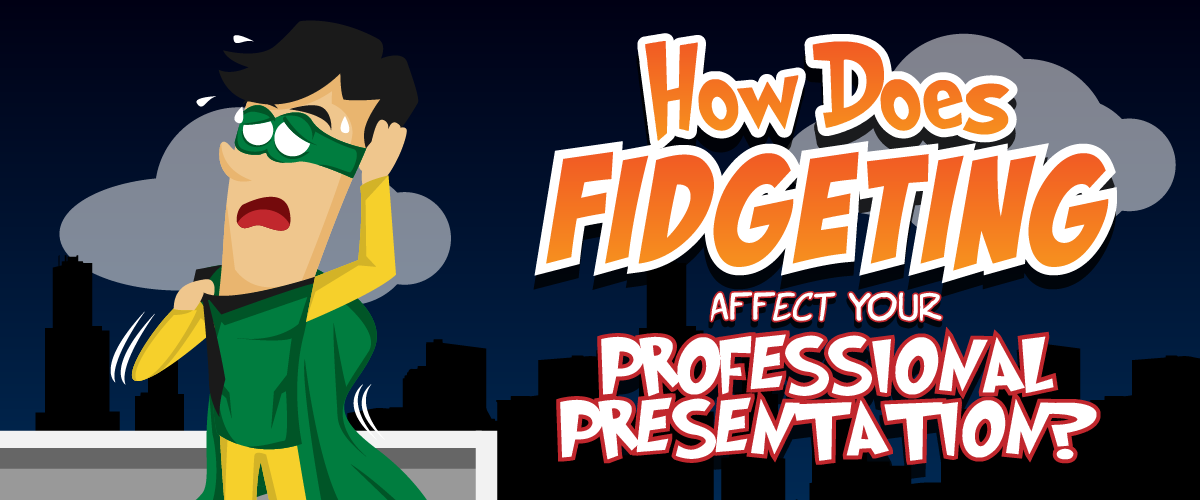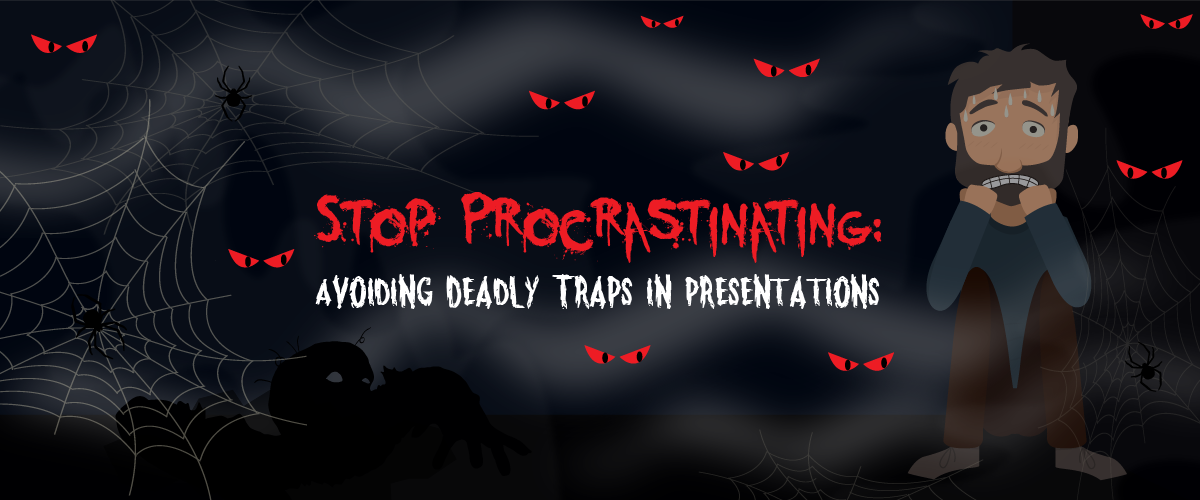
Quantity doesn’t mean quality when it comes to a presentation.You might think having a lot of slides in your deck is a sign of hard work.Having too many slides could be seen as a delaying tactic and reflects poorly on your credibility as a speaker.You have better things to do than spending a lot of time making hundreds of slides when less than half the amount will do.Focus on the quality of your content and be free from a bloated PowerPoint presentation.
When Is Enough Enough?
Letting slides pile up is a lazy attempt at looking prepared. It also comes off as a delaying tactic that places too much attention on background information.After all, no one will question the amount of time and effort spent at making all those slides.It’s impressive to look at now, but audiences are going to fall asleep from your PowerPoint epic.Don’t challenge their attentiveness and focus.This isn’t a contest to see who can stay awake the longest.Important clients won’t be impressed by the length of a presentation. Chances are that they’ve seen this delaying tactic being used by unprepared speakers and will avoid listening to you when you try it on them.Save everyone’s time by being brief and to the point.
Focus on What Matters
The reason why it’s hard to let go of so much content is uncertainty.Not knowing which information to keep as your main point and then hanging on to more and more ideas out of fear will only hold you back.June Saruwatari’s expertise as a productivity and organizing consultant advocates organizing your physical space around the goals you want to achieve.In the context of presentations, this means you should prepare an outline first so your slides will become easier to manage and be more cohesive.The foundation you create will actually save you more time in the long run, even if it seems counter-intuitive to spend time on it.A bloated PowerPoint deck will also result in a larger file size.This will be a problem if you need to share you file with others.Large files are more difficult to share online since they’re more likely to exceed the limit for file attachments.
Using the Right Moment
There must be a really good reason why an idea needs to be explained by a lot of slides.It’s not impossible to engage audiences even when you use up a thousand slides in your deck.You can speed through a lot of slides in under a few minutes as a storytelling technique.Use only one word or image per slide and rapidly move through slides.But not all decks can rely on this delivery style to get its message across.A good outline will give you a more coherent and organized presentation.
Streamline Your Process
The number of slides you have on your deck won’t guarantee success.It’s detrimental to have too many slides because it creates too much delay.Don’t just look prepared by relying on an excess of slides, be truly prepared by mastering your content.Drafting an outline will save you more time to focus on other areas of your presentation.Fewer slides in your deck also means a smaller file size that will be easier to share, so think twice if you really need to use a lot of slides.The general consensus is to throw out anything that doesn’t serve a purpose in your deck so that your main ideas can shine.
References
“3 Small Talk Habits That Delay Professional Presentations.” SlideGenius PowerPoint Design & Presentation Experts. September 17, 2015. Accessed October 21, 2015.Porter, Jane. “The Psychology Behind All That Clutter You Can’t Get Rid Of.” Fast Company. May 4, 2015. Accessed October 21, 2015.Featured Image: “cluttered” by linus_art on flickr.com

